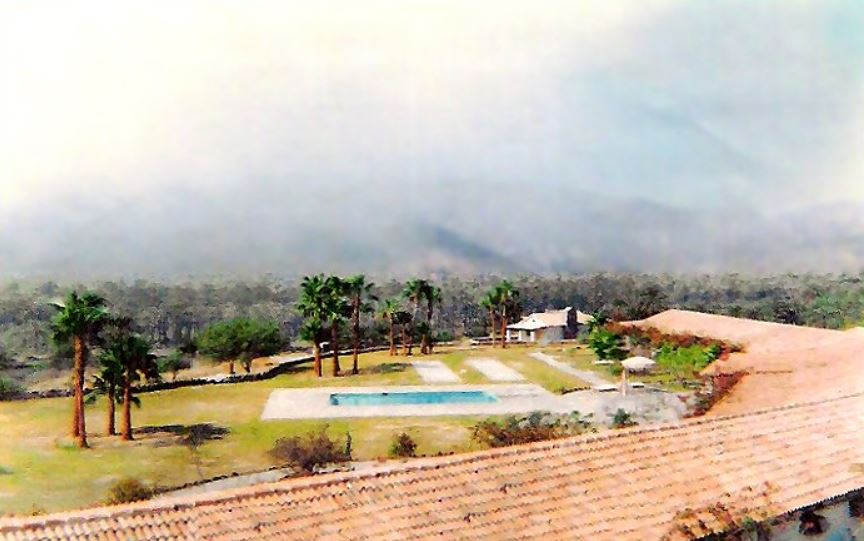Imagine a time that Mulegé was isolated. The town had a prison where they opened the doors every day at dawn and let the prisoners out to work. They came back at sunset because you weren’t getting far on foot and Highway 1 was yet to be built. Visitors from the North arrived by plane (the slow-moving prop propelled kind before jets and international airports) or even slower moving boats like Hollywood legend John Wayne in his modified WWII minesweeper.
In the late 1950s, Mulegé was a remote and largely undeveloped area, but a small group of visionaries saw potential in its natural beauty. Among them was Lou Federico, who, along with his team, built Rancho Loma Linda between 1958 and 1959. As the only hotel in the area at the time, it was a pioneering effort that required careful planning and significant logistical challenges.

The construction process was remarkable. Roads were little more than burro trails, and materials had to be transported long distances from places like Guaymas, Tijuana, and La Paz. Workers lived on-site, bringing their families and creating a small community. Many remained employed at the resort long after its completion, transitioning into roles such as cooks, maintenance staff, and boat captains. Every aspect of the resort was built with dedication—wells were hand-dug, a swimming pool was manually packed, and bricks were handmade by local prisoners.


Over time, however, Rancho Loma Linda faced challenges beyond its founders’ control. As Federico describes in his book One Hell of a Ride, the resort was taken over by outside interests renamed Club Aero Mulege, and by 1970, it had closed. Despite this, the area retains its historical significance, with remnants of the original property and the surrounding landscape offering glimpses into the past.








Federico’s contributions to Baja California’s hospitality industry didn’t end there. He later went on to build Hotel Punta Chivato, continuing his efforts to create destinations that highlighted the region’s charm. Mulegé remains a place rich in history, known for its natural beauty, indigenous cave paintings, and abundant minerals. Lou died in 2010 but you can find out more about his book and the hotels on his website – https://www.loufederico.com/index.html
Discover more from Hey Mulegé!
Subscribe to get the latest posts sent to your email.

What a great article. Such a dreamer & entrepreneur. It’s nice to get a glimpse of some of the old sighs in Baja. Keep up the good work.